Turning AI ambitions into actual breakthroughs
Your team knows AI could transform how you work—but between proof-of-concept paralysis and transformation roadmaps that never leave the whiteboard, that future keeps feeling frustratingly distant.
You've been in those meetings. Everyone agrees AI represents a massive opportunity, but no one can articulate what that means for your specific workflows. "Digital transformation" gets thrown around, but the path from buzzwords to tangible change remains unclear. Pilot programs launch with fanfare, then quietly fade because no one mapped out how insights would flow through your organization.
The gap between AI's promise and practical implementation isn't a knowledge problem—it's an alignment problem. Your engineers understand the technical possibilities. Your strategists see the business potential. Your operations team knows what's feasible. But getting everyone working from the same playbook? That's where transformation initiatives stall out.
What the AI & Transformation templates collection actually does
This collection gives teams a shared visual language for the messy work of transformation. These AI templates help you map workflows to identify automation opportunities, design ethical AI frameworks, build consensus around implementation priorities, and create transformation roadmaps your entire organization can follow.
You'll find templates for AI strategy development, machine learning project planning, digital transformation roadmaps, change management frameworks, and process optimization canvases. Each template provides structure for turning "we should do something with AI" into "here's exactly what we're building and why."
Why these AI templates accelerate transformation initiatives
Visual frameworks cut through the abstraction fog. Your data science team can show exactly where bias might enter your ML pipeline. Your change management lead can visualize how different departments will experience the rollout. Everyone sees the same picture, which means fewer misalignments and faster decisions.
Real-time collaboration keeps transformation on track. Your cross-functional AI steering committee works together simultaneously on Miro's innovation workspace—whether they're in the same room or spread across continents. Engineers diagram technical architecture while product managers map user impacts and compliance officers flag regulatory considerations. All on the same board, all in real time.
AI-powered insights help you work smarter. Miro AI generates initial transformation frameworks, suggests process improvements, and populates templates with relevant content. Your team spends less time staring at blank canvases and more time refining strategies.
Templates evolve with your understanding. Start with a basic AI readiness assessment, expand it into a detailed capability map, then layer on implementation timelines and success metrics—all within the same workspace. Your planning artifacts remain useful throughout the entire initiative, not outdated relics from kickoff meetings.
Async contribution brings in the voices that matter. Team members add perspectives, flag concerns, and suggest improvements on their own schedule. Your Tokyo office responds to frameworks developed in San Francisco. Your frontline teams comment on processes designed by corporate strategy. This catches blind spots early and builds the buy-in you need.
How to use these AI templates
Step 1: Pick the template that matches your current challenge. Running an AI opportunity assessment workshop? Mapping out an automation roadmap? Designing guardrails for responsible AI deployment? Choose the starting point that gets you closest to the conversation you need to have.
Step 2: Adapt the framework to your reality. Add your existing tech stack, incorporate your industry's regulatory requirements, adjust timelines to match your resources. The templates provide proven structure—you bring the nuance.
Step 3: Bring your transformation team together. Share the board with technical leads, business stakeholders, change management experts, and frontline representatives. Set up dedicated working sessions or invite async input over several days.
Step 4: Build your strategy collaboratively. Use sticky notes for brainstorming, voting features for prioritization, and commenting tools for clarifying questions. Capture the reasoning behind key decisions so future team members understand not just what you decided, but why.
Step 5: Turn strategy into action. Use your framework as the foundation for detailed implementation planning. Link to related boards for technical specifications, change management timelines, or success metric dashboards.
Save templates that work well as custom blueprints to standardize your approach across different departments.
Common questions about AI & Transformation templates
How technical do I need to be to use these templates?
You don't need to be an AI expert. These templates work for mixed teams where technical specialists and business leaders collaborate. Your ML engineers can dive deep into model architecture while your operations managers focus on workflow impacts—the templates accommodate both perspectives.
How do these templates differ from standard project management tools?
Transformation work requires different thinking tools. You need to map complex systems, explore "what-if" scenarios, and build shared mental models before you lock in execution plans. Miro's visual collaboration environment lets teams think together in ways that linear task lists can't support.
What if our transformation strategy keeps changing?
That's exactly why visual collaboration works. When market conditions shift or new AI capabilities emerge, update your strategy boards in real time. Everyone sees the latest thinking, understands what changed and why, and adapts accordingly. Your transformation roadmap becomes a living artifact that evolves with your learning.
Ready to move your AI initiatives from PowerPoint promises to practical implementation? Explore the AI & Transformation templates and give your team the visual workspace where breakthrough thinking actually happens.












